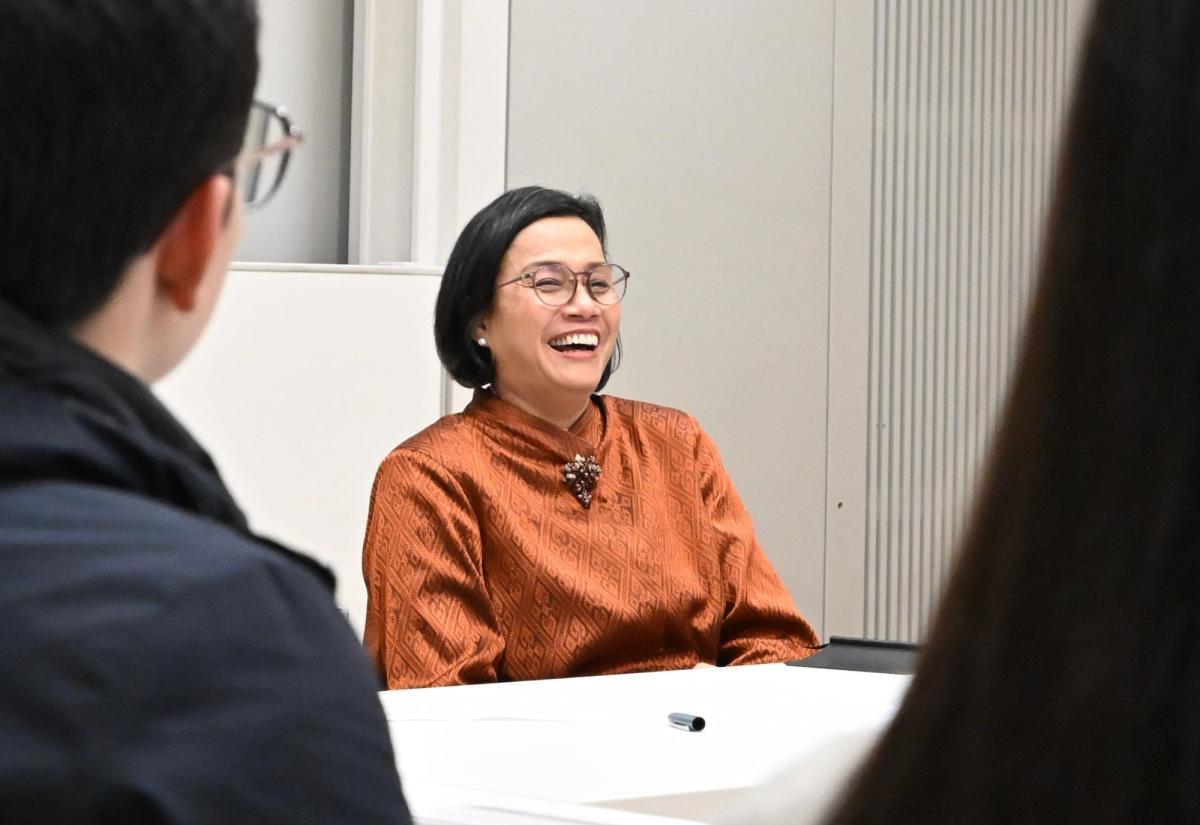A new guide, co-authored by Dr Thomas Hale, aims to provide practical guidance for the successful development of collaborative networks to address global challenges.
A number of global problems are hard for international institutions or states to solve because they are so vast or complex that they exceed the capacity of any one actor. However, from poverty to finance, health to climate change, a host of global solution networks (GSNs) are emerging, allowing companies, cities, civil society groups, individuals and other actors to join in tackling these global challenges. They do not always emerge spontaneously but are often “orchestrated” by organizational entrepreneurs who act to build a network of intermediaries to bring new capacities and resources to bear on a problem.
“Orchestration” is a subject of emergent interest among academics. Now, Dr Thomas Hale and co-author Ken Abbott have produced a practical guide for practitioners that distills the growing body of knowledge on the subject. The guide illustrates how orchestration has been used to establish, promote and shape GSNs.
“Personally, I've written about this before in the climate change area,” says Hale. “Nearly one third of the so-called "bottom up" networks of cities, companies, and other sub/non-state actors working to address climate change are actually initiated, supported, or shaped by "traditional" actors in world politics: states and intergovernmental bodies. This guide is an attempt to learn from where and how orchestration is already being used and working in order to inform the development of more effective networks for global cooperation.”
Four Blavatnik School MPP students helped Hale and Abbott with aggregating and analyzing knowledge about the use of orchestration across global solution networks. Supported by the Global Solutions Networks project, a University of Toronto research initiative, the students worked with Hale over several months to compile a database of global solutions networks, and to code for different characteristics (e.g. what issue area they focused on, whether it was orchestration or not).
“Of 223 GSNs we surveyed, only 53—less than a quarter —were products of orchestration,” the authors state in their introduction to the report. “And most of those involved just six “super-orchestrators”— the US and UK governments, the United Nations Environment Programme (UNEP), the World Bank and the World Wide Fund for Nature (WWF). The clear implication is that many more organizational entrepreneurs could benefit from employing the strategy of orchestration.”
MPP student Tatianna Silva said about working on the project:
"I got involved with the project because I am interested in undestanding how different actors in various parts of the globe can interact and better organize themselves to tackle common problems.
The project was illuminating in the sense that it gave me a better idea of the plurality of initiatives around the world on such diverse fronts as climate change, HIV, malaria, child abuse, poverty, gender discrimination and internet security. It also clearly demonstrated to me the importance of networks as a tool for organizations to learn from each other, share challenges and find collective solutions.
Some of the organizations we have identified are certainly be of interest to my future work and research on waste management."
The four MPP students who worked on the project are:
- Aaron Maniam
- Tatianna Mello Pereira da Silva
- Luisa Cadena Perdomo
- Leonardo Quattrucci
About Global Solution Networks
Global Solution Networks is a landmark study of the potential of global web-based and mobile networks for cooperation, problem solving and governance. This research project is a deliverable of the GSN program, offered through the Martin Prosperity Institute at the Rotman School of Management, university of Toronto. http://gsnetworks.org/
Photo: World Bank
Recent news
MPP and MSc alumnus Carlos Santiago Guzmán wins the inaugural Michael Cichon Graduate Award
Carlos Santiago Guzmán Gutiérrez, an alumnus of the Master of Public Policy and the MSc in Public Policy Research, has received the inaugural Michael Cichon Graduate Award for outstanding master’s thesis in Social Protection. The award recognises his MSc thesis, “Universal Social Protection Schemes in Forced Displacement Settings: Evidence from Colombia.”



